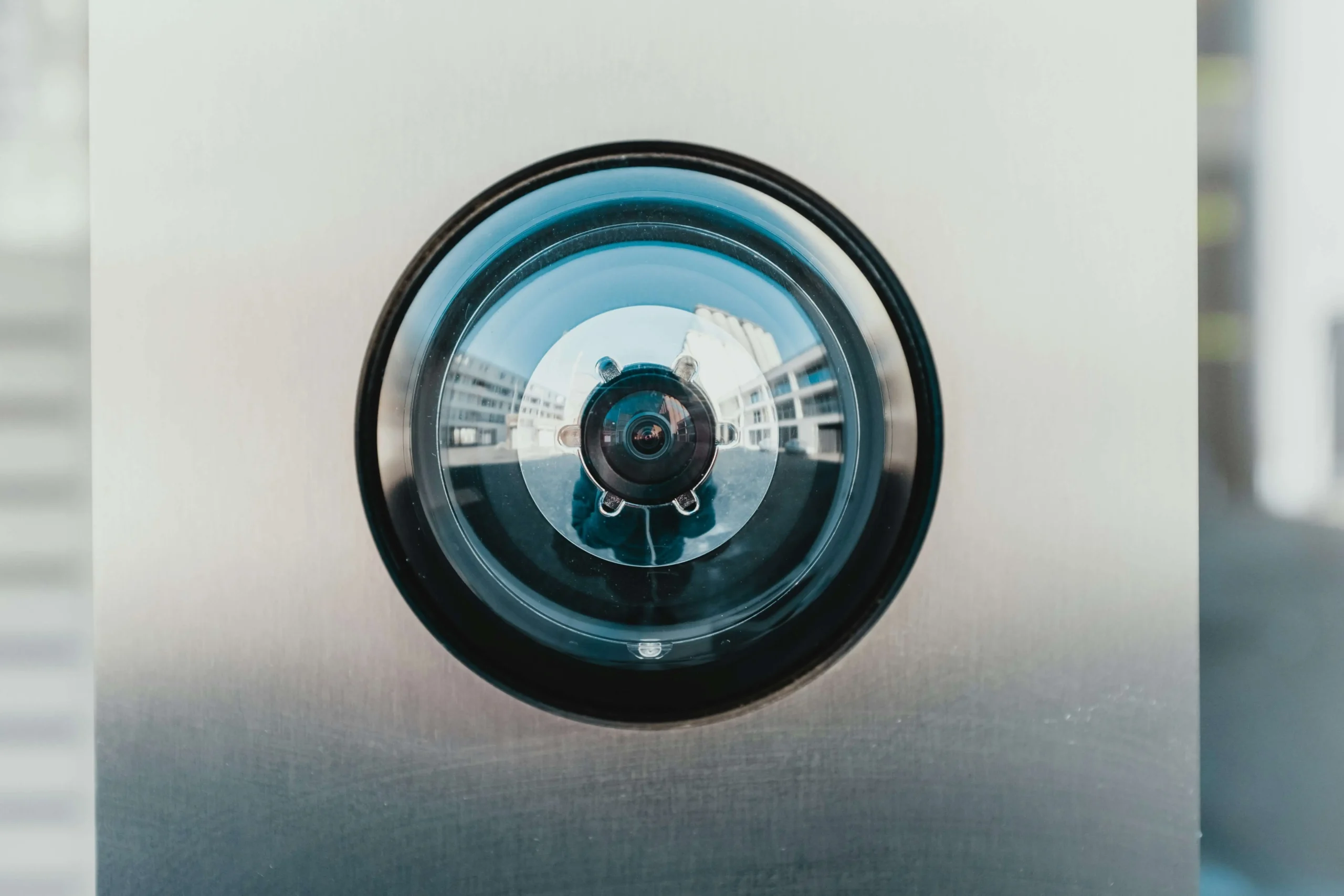As workplaces evolve, the importance of robust digital security measures becomes increasingly evident. Businesses must adapt to protect sensitive information and maintain operational integrity.
In today’s digital age, securing workplace environments against cyber threats is paramount. The integration of advanced surveillance systems, including both on-premises and cloud-based solutions, plays a crucial role in safeguarding data and assets. By combining these technologies, businesses can ensure comprehensive monitoring and protection across all areas of their operations. This approach not only enhances security but also supports compliance with data protection regulations. A 4 camera security system can serve as an essential component in this integrated approach, providing balanced coverage and efficient monitoring.
Integrating on-premises and cloud-based surveillance systems offers several advantages. On-premises systems provide businesses with direct control over their data, which is essential for organizations with strict privacy requirements. These systems are reliable, as they do not rely on internet connectivity to function. Conversely, cloud-based systems offer scalability and remote access, allowing business owners to monitor their premises from anywhere in real time.
The combination of these systems creates a multi-layered security framework. On-premises systems can handle high-definition video recording, while the cloud component facilitates easy data sharing and off-site storage. This dual approach minimizes the risk of data loss due to physical damage or theft at a single location. Additionally, it offers flexibility in how video footage is accessed and reviewed, ensuring that security measures are both effective and adaptable.
Cost-effectiveness is another significant benefit of hybrid surveillance solutions. Businesses can customize their systems to meet specific needs without investing heavily in infrastructure upgrades. By integrating existing equipment with cloud capabilities, organizations can achieve substantial cost savings while maintaining high levels of security.
When implementing a hybrid surveillance system, careful consideration must be given to data storage strategies and camera placement. Businesses should evaluate their storage needs based on factors such as retention periods, resolution requirements, and compliance regulations. Choosing between local storage solutions or cloud-based alternatives will depend on these specific requirements and available budget.
Camera placement is equally vital in ensuring comprehensive coverage of the workspace. Strategic positioning of cameras can significantly enhance monitoring capabilities by minimizing blind spots and maximizing coverage areas. Placing cameras at entry points, high-traffic areas, and sensitive locations ensures that critical areas are under constant surveillance.
In addition to placement, selecting the right type of camera for each location is essential. Dome cameras might be suitable for indoor settings due to their wide-angle views and discreet design, while bullet cameras offer long-range monitoring ideal for outdoor environments. Understanding the unique needs of each area will guide effective camera selection and placement strategies.
A 4 camera security system serves as a cornerstone in establishing a reliable surveillance framework within workplaces. Such systems offer balanced coverage by strategically placing cameras to cover essential zones like entrances, exits, common areas, and any sensitive sections within the office space. This ensures that every corner is monitored efficiently without overwhelming resources.
Utilizing advanced technologies such as motion detection alerts or night vision capabilities can further enhance these systems’ effectiveness. These features provide real-time updates and ensure that surveillance continues seamlessly even under challenging conditions like low light or potential intrusions after hours.
This setup not only strengthens security but also contributes to operational efficiency by deterring potential threats before they escalate into significant incidents. As businesses increasingly prioritize safety alongside productivity, such comprehensive monitoring solutions become indispensable tools in maintaining workplace integrity.
The landscape of workplace security is constantly evolving with technological advancements driving significant changes. There is an increasing reliance on artificial intelligence (AI) within surveillance systems to enhance monitoring accuracy through features like facial recognition and behavior analysis.
Another notable trend involves integrating Internet of Things (IoT) devices with surveillance networks for improved data collection capabilities across various platforms simultaneously. This interconnected approach allows seamless communication between different security components leading to more efficient threat detection processes overall.
Sustainability concerns have also influenced recent developments where energy-efficient devices are being prioritized alongside innovative power management techniques aimed at reducing carbon footprints associated with extensive electronic installations typical within corporate environments today.

